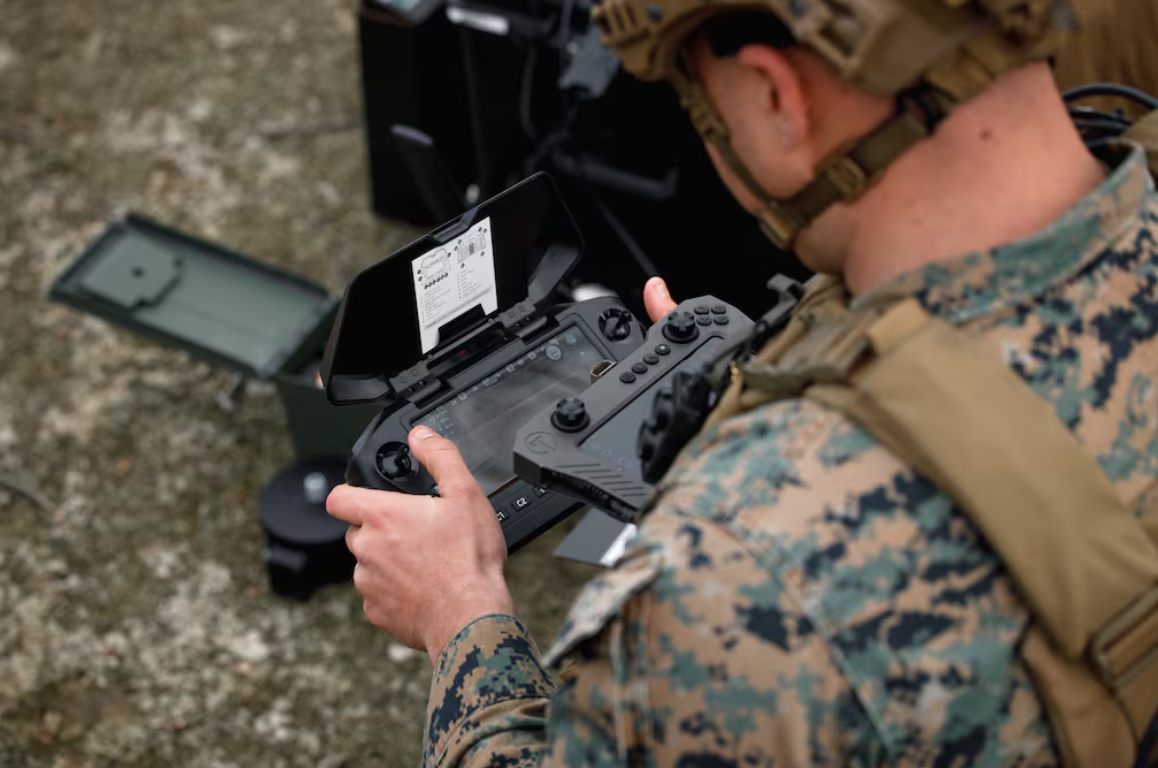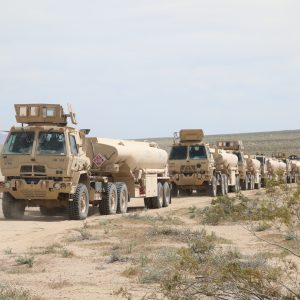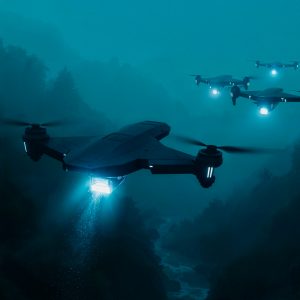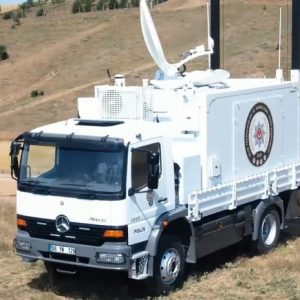Marines Standardize Small Drone Warfare Tactics
The U.S. Marine Corps has officially entered a new era of drone warfare with the publication of its first Small UAS/Counter-small UAS Integration Handbook. This 90-page manual, released in June 2025, is the first standardized doctrinal guide dedicated to the employment of small drones and counter-drone tactics within Marine formations. It coincides with the launch of the 10-day sUAS/C-sUAS Integration Course at Camp Pendleton, designed to train approximately 400 Marines by year-end (source: USNI News).
Shifting Doctrine: From Surveillance Tools to Combat Weapons
Traditionally, small drones were viewed as surveillance and logistical support tools. The new handbook reflects a dramatic doctrinal shift, positioning drones as lethal battlefield enablers in line with lessons learned from the Russia-Ukraine conflict. The manual emphasizes team-based drone operations, integrated communications, and tactics that prioritize rapid engagement and survival under enemy drone observation.
The document introduces standardized terminology for drone operations—such as naming drone holding areas after women, battle positions after snakes, and task positions after insects—to streamline real-time coordination. Concepts like “hot walls” and “pizza slices” have been introduced for quick airspace deconfliction, ensuring drones can operate safely in contested environments.
Learning from Modern Battlefields
According to military analyst Samuel Bendett, this publication represents a “psychological shift” in U.S. defense thinking. The handbook acknowledges the transformative role drones have played in Ukraine, where low-cost, first-person-view (FPV) drones have repeatedly shifted tactical outcomes on the battlefield. The manual aims to prepare Marines for similar threats in future conflicts, particularly against near-peer adversaries like China, which is already advancing its drone warfare doctrine (Defense News).
With a focus on attritable, cost-effective systems, the guide lays the groundwork for every unit—from infantry squads to artillery batteries—to employ drone teams effectively, integrating roles for communications, targeting, maneuver support, and fire coordination. This marks a departure from previous ad-hoc approaches to drone employment and counter-drone defense.
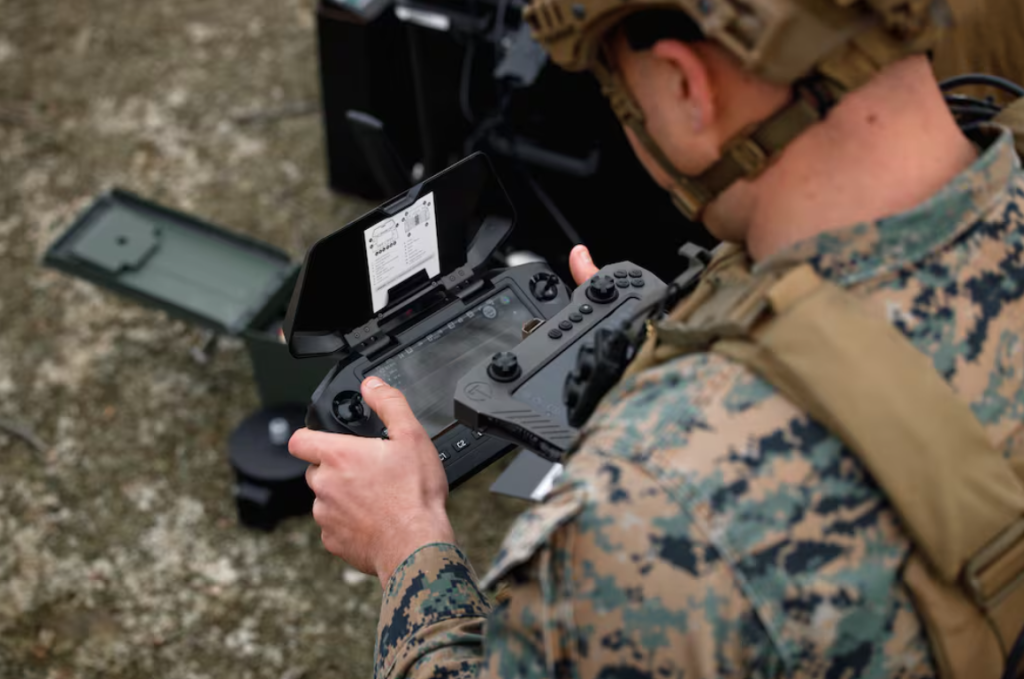
Impact on Future U.S. Military Operations
The Marine Corps’ commitment to institutionalizing drone warfare is part of a broader Pentagon initiative to establish “UAS dominance” by 2027. As adversaries field increasingly capable small drones, this handbook equips Marines with structured tactics, techniques, and procedures (TTPs) to close the reaction gap and improve survivability in contested airspace.
“Make no mistake, we are in a very tight race with our adversaries to master the possibilities of small aerial drones,” the authors write. “Consider this handbook a baton—now take it, and run with it.”
Further Reading
Read Original Post: The Marines now have an official drone-fighting handbook – Marine Corps Times

